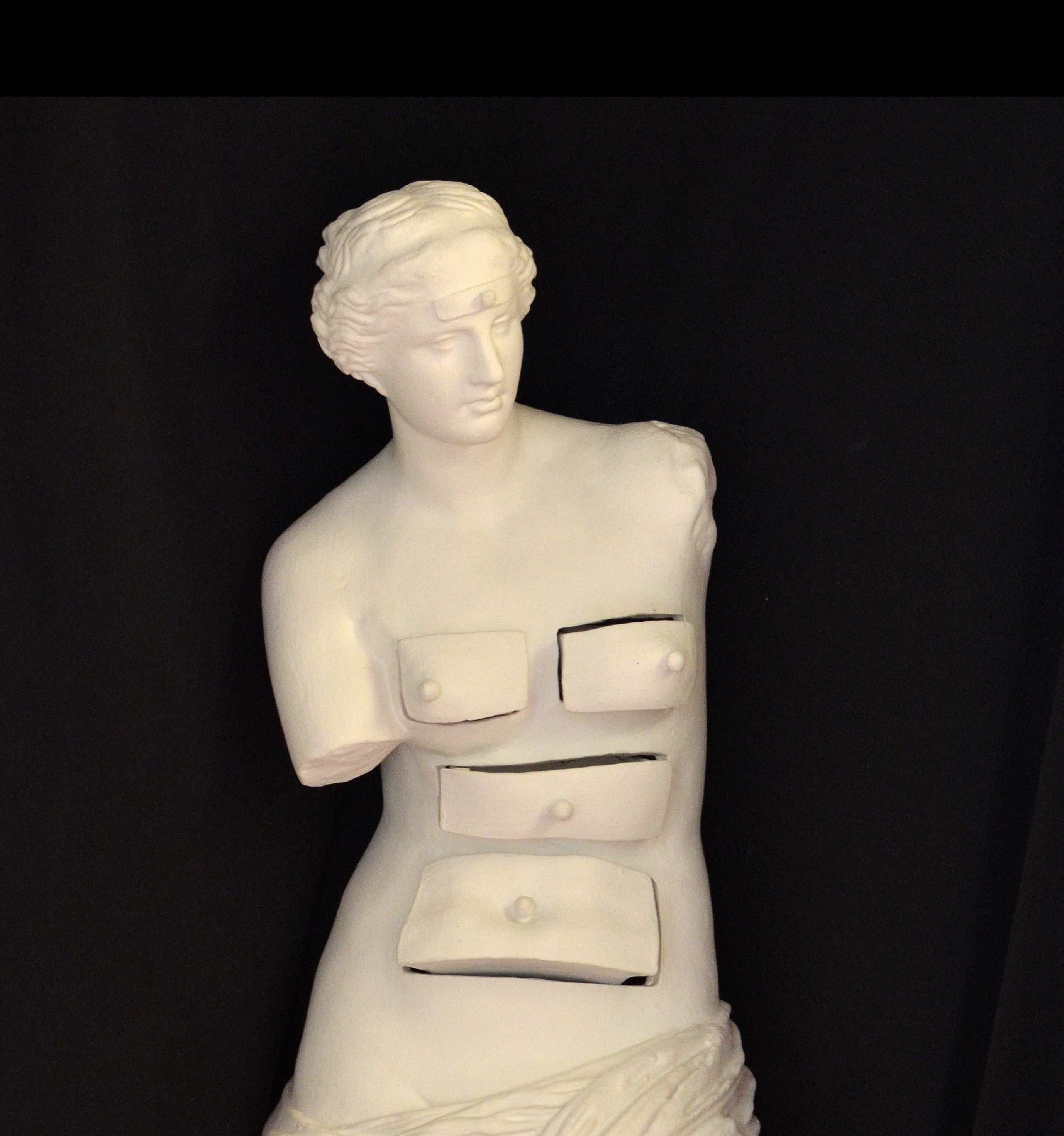Temporary exhibition. Dalí Theatre-Museum, Figueres
The exhibition is entitled Dalí. Stereoscopic images. Painting in three dimensions and it will remain open throughout year 2017.
Six pairs of stereoscopic works will be on display accompanied by equipment to observe the three-dimensional effects.
In room number 22 we present six pairs of stereoscopic oil paintings: Dalí from behind painting Gala from behind immortalized by six virtual corneas momentarily reflected in six real mirrors, c. 1972-73; Gala's foot, c. 1975-76; Untitled. According to 'Las Meninas' by Velázquez, c. 1975-76; The structure of DNA, c. 1975-76; Dalí's hand drawing back the Golden Fleece in the form of a cloud to show Gala, completely nude, the dawn, very, very far away behind the sun, 1977-78; Dalí lifting the skin of the Mediterranean Sea to show Gala the birth of Venus, 1978.
Technical innovations in the field of optics interested the painter very much, as did the discoveries made in the field of biology related to the world of mathematics. It is therefore no surprise that at the end of 1964 Dalí began to study rhinoceros horns and the logarithmic curves derived from them. He also studied the structure of flies' eyes, which led him to confirm that, thanks to this research, he had discovered 'totally stereoscopic' three-dimensional painting.
At the Theatre-Museum, in room 19, there is a permanent display of photographs of some of Dalí's stereoscopic works, staged with mirrors that allow the three-dimensional effect to be observed. In order to see the relief, one must simply bring one's face close to the glass, at the centre of the edge of the two mirrors. In contrast, in room number 22, where we present this temporary exhibition, some devices have been installed next to each pair of stereoscopic works in order to see the three-dimensionality. These devices consist of special glasses and a mobile telephone screen, like those typically used in virtual reality projects. We have adapted the mechanisms that Dalí proposed in the 1970s to view his stereoscopic works to the 21st century.














